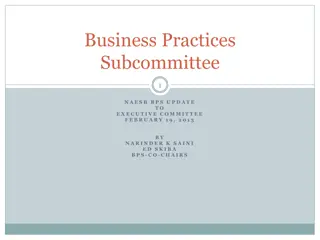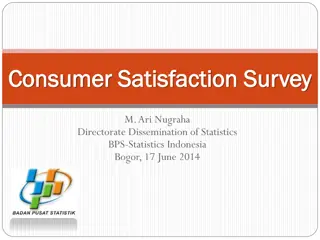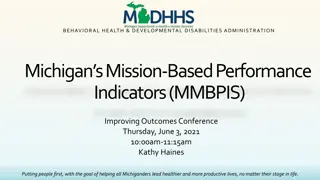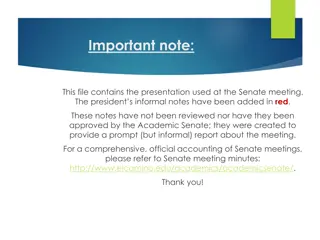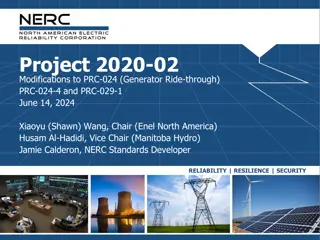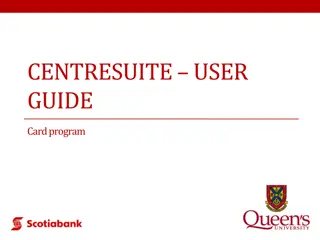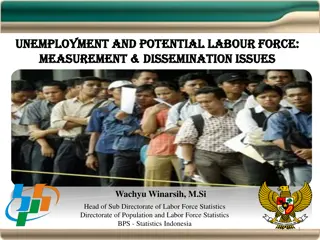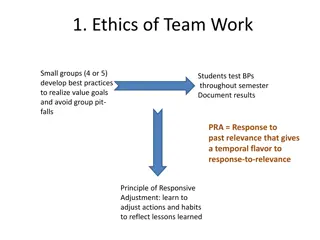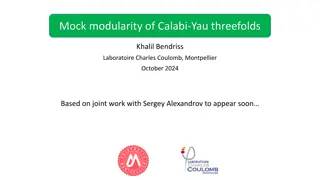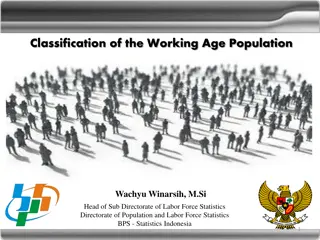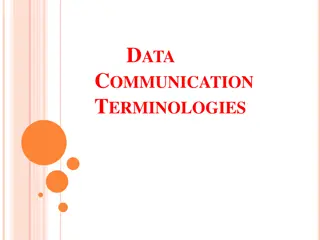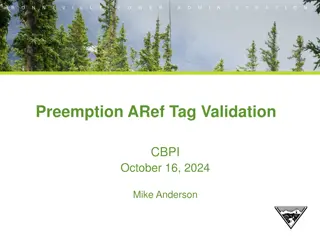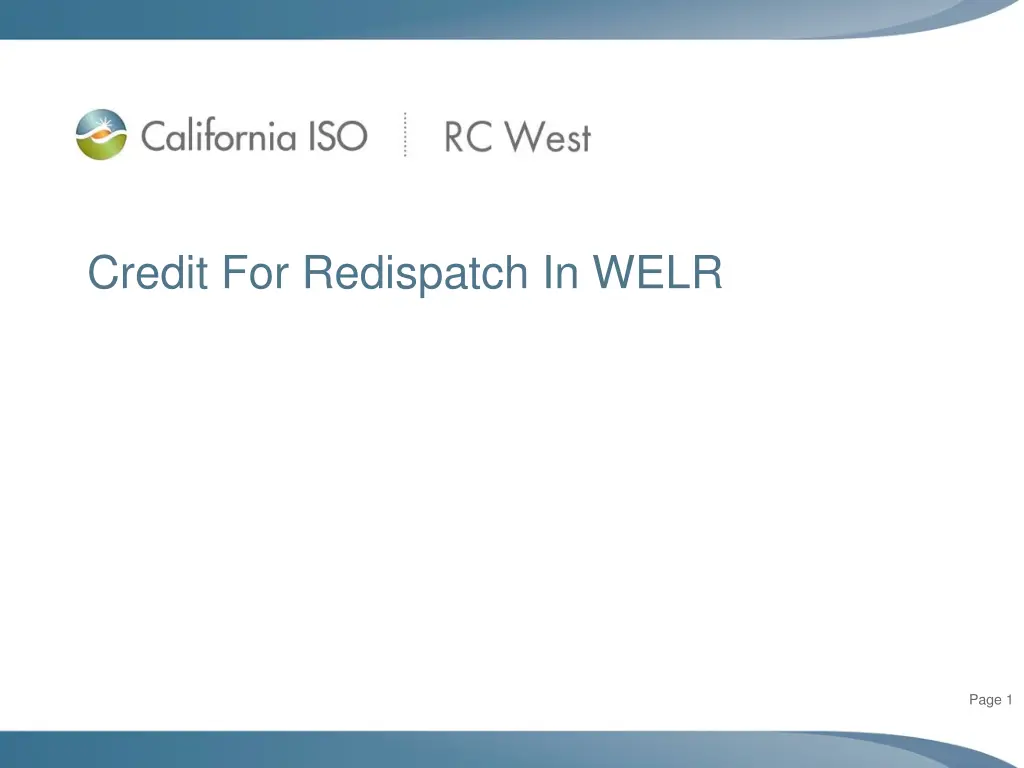
Understanding Credit for Redispatch in WELR Proposals
Explore the transmission service priority impact on generator curtailment in the WELR proposal. Learn about GTL impacts, relief obligations, and the role of software in future hour WELR calculations.
Download Presentation

Please find below an Image/Link to download the presentation.
The content on the website is provided AS IS for your information and personal use only. It may not be sold, licensed, or shared on other websites without obtaining consent from the author. If you encounter any issues during the download, it is possible that the publisher has removed the file from their server.
You are allowed to download the files provided on this website for personal or commercial use, subject to the condition that they are used lawfully. All files are the property of their respective owners.
The content on the website is provided AS IS for your information and personal use only. It may not be sold, licensed, or shared on other websites without obtaining consent from the author.
E N D
Presentation Transcript
Credit For Redispatch In WELR Page 1 ISO Public
Credit For Redispatch in WELR In the current proposal of WELR the transmission service priority of the generator will determine the priority of the GTL impacts created by that generator in a BA. Two types of GTL impacts ( Firm and Non Firm) could be qualified (>5% )to be curtailed when current hour WELR or next hour WELR is issued. Based on how much curtailment relief RC requested on a constraint only non firm impacts may be curtailed or both firm and non firm are curtailed. BA could choose to manually re- dispatch the generators down based on the firmness of GTL. This is simplified approach. Page 2 ISO Public
Credit For Redispatch in WELR If WELR is still active after the initial hour the software will recognize the non-firm generators are cut and will no longer report non-firm GTL impacts for the BA. Consequently, future hour WELR will not double count steps taken in the first hour to meet the relief obligation. If BA is part of a market they may prefer to re dispatch the generators utilizing market optimization on a least cost basis which may not result in the non-firm generators being curtailed. Page 3 ISO Public
Credit For Redispatch in WELR Counterflow generator impacts could be increased to reduce the flow Firm priority generator impacts could also be reduced to reduce the flow. Page 4 ISO Public
Credit For Redispatch in WELR Even though the BA met its relief obligation by re dispatching other units, when a future hour WELR is determined, software will still see the non-firm generators on the system are creating non-firm impacts and are subject to future hour curtailment. So future hour WELR will double count the non-firm generators (they were counted in the first hour WELR event and then again in the second hour WELR event even though steps were taken to remove their first hour impacts). Page 5 ISO Public
Credit For Redispatch in WELR So the issue of receiving some kind of credit for re dispatch taken in earlier hours when future hour WELR is determined must be part of the solution. Essentially the software should be able to calculate the amount of relief provided by BA and account for those MW when assigning new relief obligations for future hours. Even if we simplify the prioritization of Generation to load impacts and assume all firm we still need to account for credit for re dispatch when assigning future hour obligations. Page 6 ISO Public
Credit For Redispatch in WELR Page 7 ISO Public
Credit For Redispatch in WELR Page 8 ISO Public




